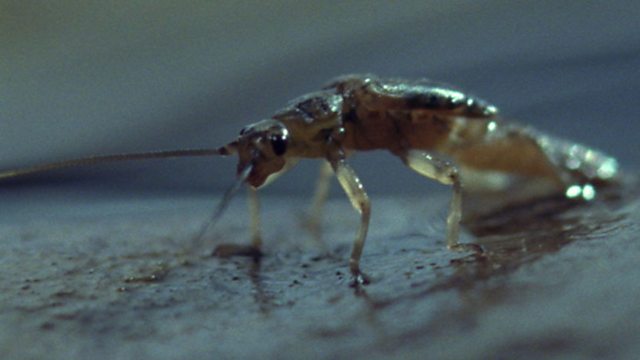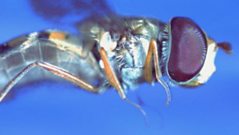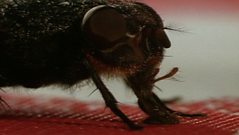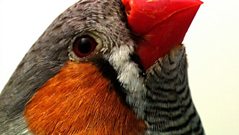
Flight path
Stone fly gills may hold the clue to the evolution of flight.
The insects were the first animals to fly. But how did they sprout wings? One idea is that it is all because insects love to sunbathe. Insects are cold-blooded so need external heat to warm them up and allow them to move around. Insects often bask in the sun, so maybe in the past one bug developed small flaps on its back to help it soak up the rays. Purely by chance, these panels may have also helped the insect to be carried by the wind. Perhaps the panels then evolved into a more aerodynamic shape and eventually became wings. The problem with this theory is that insect wings have complex hinged joints which are worked by muscles and tendons. Could they really have evolved from those simple fixed panels? There is another explanation as to how flight began. According to this explanation, it all started in the water rather than in the air. Many insects spend the first part of their lives submerged. They breathe through gills, pumping them up and down to take in oxygen. It is thought that it was gills like these that gradually turned into wings. But how could such a dramatic change take place? One insect living in the rivers of North America holds a clue. Stonefly larvae spend almost a year underwater, then emerge in late winter to start their adult lives. The adults live just a few days and their sole purpose is to breed. But to find a mate, they must make a death-defying crossing to the shore. Their wings are far too weak to fly but they do make good sails to help glide across the surface. So perhaps an ancient insect waved its gills to catch the breeze and set sail, just like stoneflies do today. Gills already had the joints and muscles to flap up and down, so could then have evolved from sails to wings.
Duration:
This clip is from
Featured in...
![]()
Βι¶ΉΤΌΕΔ Nature
Be captivated, informed and inspired by the world's wildlife.
More clips from AIRBORNE
-
![]()
Stunt flying
Duration: 02:20
-
![]()
Winged danger
Duration: 01:34
-
![]()
Airborne menace
Duration: 00:52
-
![]()
Split personalities
Duration: 01:41
More clips from Journey of Life
-
![]()
Predator and prey—LIVING TOGETHER
Duration: 01:01
-
![]()
Born brainy—HUMANS
Duration: 03:21
-
![]()
Flying colours—LIVING TOGETHER
Duration: 03:35
-
![]()
Street fighters—LIVING TOGETHER
Duration: 02:58










